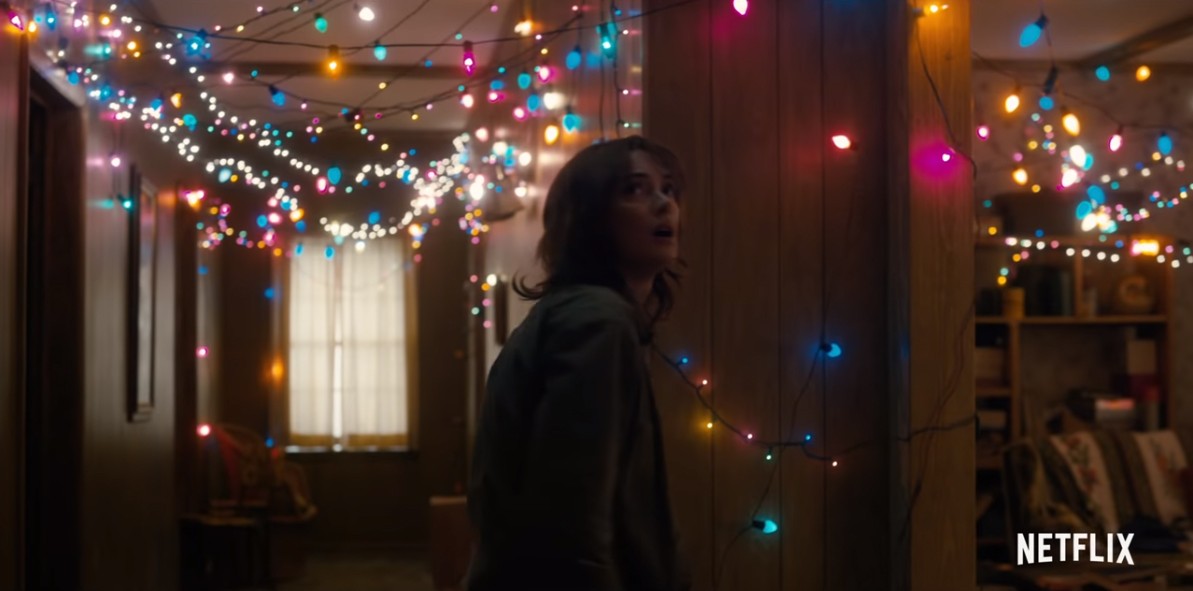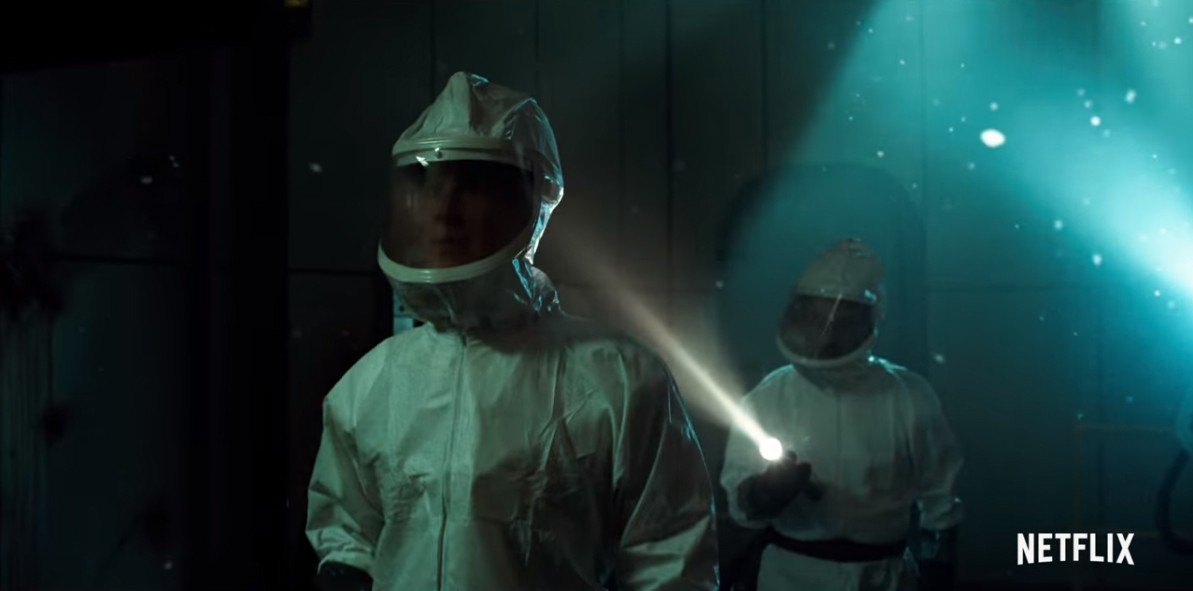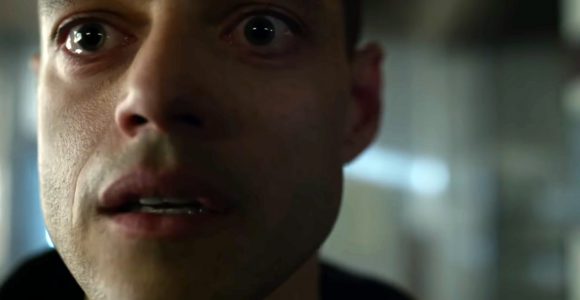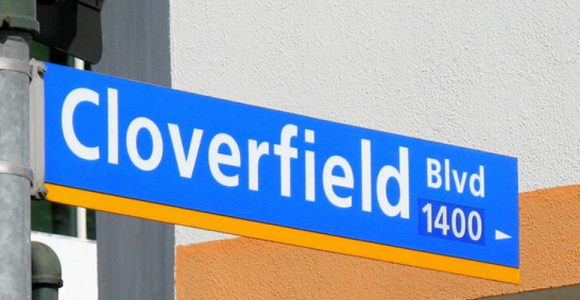Caution: Spoilers abound.
Despite its 95% rating on Rotten Tomatoes, Stranger Things doesn’t have a whole lot going on that moves the scifi/horror genre forward. The new Netflix series is yet another instance of Hollywood cashing in on the pre-millennial glory days of original ’80s cinema—you know, back when we had films that weren’t just reboots of existing franchises or long-awaited sequel-trilogies. Stranger Things has been widely praised because it gestates our nostalgia for Close Encounters of the Third Kind and The Goonies and ET and Steven King in the belly of a First Edition-Demogorgon, the same way that The Force Awakens, made up almost entirely of homages, feels OK, familiar, and safe—as a follow-up to the Original Trilogy. I’m not a fan of the Duffer Brother’s cinematic strategy: to manipulate us with emotional beats that resonate with our pop culture roots instead of wow us with originality. Maybe that’s just the new methodology for the J.J. Abrams storytellers of the new millennium, but for me, it comes across as cheap and sleazy.
Just for kicks, I took a look back at the top five highest-grossing films since 2000, to see how many of them were A) not a remake of existing intellectual property, B) not an adaptation of existing IP, and C) not a sequel to existing IP. In 16 years (that’s 80 films) do you know how many original concepts we rewarded with the majority of our dollars? Sixteen, which amounts to only one a year, and half are aimed at children:
| Year | Existing IP | Fresh IP |
|---|---|---|
| 2000 | Mission Impossible 2, Gladiator | Cast Away, What Women Want, Dinosaur |
| 2001 | Harry Potter 1, LOTR 1, Oceans Eleven | Monsters Inc, Shrek |
| 2002 | LOTR 2, Harry Potter 2, Spider Man, Star Wars II, Men in Black 2 | |
| 2003 | LOTR 3, The Matrix 3, Pirates of the Caribbean | Finding Nemo, Bruce Almighty |
| 2004 | Shrek 2, Harry Potter 3, Spider Man 2, The Passion of the Christ | The Incredibles |
| 2005 | Harry Potter 4, Star Wars 3, Chronicles of Narnia, War of the Worlds, King Kong | |
| 2006 | Pirates of the Caribbean 2, The Da Vinci Code, Ice Age 2, Casino Royale | A Night at the Museum |
| 2007 | Pirates of the Caribbean 3, Harry Potter 5, Spider Man 3, Shrek 3, Transformers | |
| 2008 | The Dark Knight, Indiana Jones 4, Mamma Mia | Kung Fu Panda, Hancock |
| 2009 | Harry Potter 6, Ice Age 3, Transformers 2 | Avatar, 2012 |
| 2010 | Toy Story 3, Alice in Wonderland, Harry Potter 7, Shrek 4 | Inception |
| 2011 | Harry Potter 8, Transformers 3, Pirates of the Caribbean 4, Twilight 4, Mission Impossible 4 | |
| 2012 | The Avengers, Skyfall, The Dark Knight Rises, The Hobbit 1, Ice Age 4 | |
| 2013 | Iron Man 3, Despicable Me 2, The Hobbit 2, The Hunger Games 2 | Frozen |
| 2014 | Transformers 4, The Hobbit 3, Guardians of the Galaxy, Maleficent, Hunger Games 3 | |
| 2015 | Star Wars 7, Jurassic World, Fast & the Furious 7, The Avengers 2, Minions | |
| 2016 | Rogue One (most likely), Captain America 3, The Jungle Book, Batman vs. Superman | Zootopia |
This is not to say that I didn’t enjoy Stranger Things—we eat candy because it tastes good, not because it’s good for us. There’s plenty of fun in the eight-episode first season, and its characters are engaging enough to keep you watching through to the end. Millie Bobby Brown’s performance as Eleven is charming and ethereal, and reminds me of my eleven-year-old crush in Tami Sronach’s Childlike Empress from The Neverending Story. But part of the problem with her character is exactly that: she’s circumscribed by boyhood desire, and despite all the flashbacks of suffering we’re given to flesh out her character, ultimately, we learn, she exists as a prop to drive Mike’s narrative forward. Her “Smurfette” status is better illuminated in The Atlantic‘s review, but suffice it to say that Eleven’s arc concludes with a CG poof that conveniently erases all the inconveniences of her outsider status.
The Duffer Brothers’ version of the Stand by Me boys—Mike, Will, Dustin, and Lucas—carry the show, despite its predictability, and as a child of Dungeons and Dragons: Second Edition, I felt at home in their adventuring party. Where others might find in Winona Ryder’s Joyce Byers a triumph of character, I see little more than an actress hailed as queen of cinematic weirdos trying her best to break out of the hysterical mom trope, a consequence, maybe, of too many scenes wasted slamming phones into the wall. And finally, David Harbour’s Chief Jim Hopper is such a tired cliche—the washed-up, hard-boiled police chief with a heart of gold—that there’s little else to say about him except that his every behavior can be anticipated by those three attributes. Wrestling with TV tropes is the chief problem at the heart of Stranger Things: the series walks a tightrope stretched between throwback and cliche, but all too often falls into the beartrap of going for the evocative at the expense of doing anything new.

I had hoped that Stranger Things would tie up lose ends more cleverly than it had. Early on in the first season, I had the sneaking suspicion that the Demogorgon’s sudden appearance in the narrative, juxtaposed with Mike and the gang’s game of D&D, was not a coincidence: that somehow, Eleven’s psionic abilities had dredged up the creature from the Upside Down in the shape of monsters from Will Byer’s mind. I was wrong, of course (maybe I’ve played a little too much D&D myself), and I suspect that the Duffer Brothers are only thinking as many steps ahead as is necessary to get renewed by Netflix. This crime of style over substance is most in-your-face as Stranger Things stumbles through its government conspiracy tropes, rolling out the “Bad Men” in black suits (the name makes me cringe every time I hear it), the Alien-esque clean suits, the MK Ultra backstory with its psychedelic test subjects, the one-note Dr. Martin Brenner (Matthew Modine), who is as emotionless as he is unoriginal. Tropes are good to play with in genre because they’re waypoints for viewers: when you present us with a Man in Black, we have certain expectations of how he works, so real invention comes when those expectations are turned on their heads. Stranger Things does none of that, and instead relies on our good faith as connoisseurs of the genre to fill in the gaps.
There are a few decisions the Duffer Brothers make that do defy expectations, however. In the Stranger Things universe, unlike most horror romps, sex doesn’t lead to death and the innocent are not safe from peril. Barbara Holland, Benny, Will, Eleven, and Hopper’s daughter all face grisly fates, despite their innocence. Steve Harrington (Joe Keery), the stereotypical bad boy boyfriend of Nancy Wheeler (Natalia Dyer), has an unexpected redemptive turn; the outsider/underdog in Jonathan Byers (Charlie Heaton) does not get the girl in the end; and Nancy is the show’s best gun-toter, much like Furiosa in Mad Max. The worst upending of expectation comes unfortunately in Stranger Thing‘s inability to put a lid on evil, on account of its commercial imperative to create more seasons, which runs counter to the transcendent conclusions of so much of its source material.

Probably the most interesting genre concept explored in Stranger Things is extra-dimensional space, in the series’ depiction of the alternate reality called the “Upside Down.” The boys’ science teacher, Mr. Clarke, uses a fun “flea and the acrobat” analogy to describe the compactification of higher dimensions, an analogy cribbed from pop science, but usually with an ant instead of a flea. For the uninitiated, the existence of higher dimensions refers to the idea that our universe has more physical dimensions than we’re familiar with: that is, additional ones beyond width, height, breadth, and time. The notion that there may be more beyond those four, curled up really tiny, allows for the possibility that we may able to move around in our universe in unexpected ways. The boys ask Mr. Clarke how the acrobat might become the flea, and he remarks that “…you’d have to create a massive amount of energy. More than humans are currently capable of creating, mind you, to open up some kind of tear in time and space, and then you create a doorway.” While Mr. Clarke’s explanation confuses wormholes with higher dimensions, his caveat that massive amounts of energy “more than humans are currently capable of” would be necessary to “create a doorway” is apt, considering our (as yet unsuccessful) attempts to probe for compactified dimensions with powerful atom smashers.
My favorite analogy for higher dimensions in pop sci comes from Flatland: A Romance of Many Dimensions, which depicts a two-dimensional universe inhabited by geometric shapes who come in contact with “A Sphere” from the third dimension. Imagine a sheet of paper with shapes drawn on it, and an ethereal sphere passing through the sheet: only its cross-section (a circle) would be visible to the inhabitants bound to the paper sheet, growing and shrinking as it passes through their two-dimensional reality.
The Upside Down is a similar space, inhabited by extra-dimensional beings that are standing right “beneath” us. Maybe this is why the protagonists’ lower-dimensional weapons fail to kill the Demogorgon, itself inadequately represented in our space, where Eleven’s higher-dimensional mental energy succeeds. (Now, how the Demogorgon is able to smell blood across branes—that’s anyone’s guess.)
The Vale of Shadows is a dimension that is a dark reflection or echo of our world. It is a place of decay and death. A plane out of phase. A place of monsters. It is right next to you, and you don’t even see it.
Dustin, Stranger Things
But there’s more: higher dimensions as a physical principle in the Stranger Things universe explain how communication is possible between the two planes, both mechanically and stylistically. In some versions of M-theory that deal with large (rather than compactified) higher dimensions, our reality and its four dimensions of space and time are confined to a “brane,” short for membranes, like that fleshy, two-dimensional doorway between one orifice and another we see in the Hawkins National Laboratory. The universe at large, however, is made up of many such branes, each with differing numbers of dimensions. Certain types of particles, like the graviton, are theorized to leak between the branes, explaining gravity’s relative weakness as a fundamental force, in our own universe. When Chief Hopper and Joyce wander through the Upside Down, we discover that as they move in that space, the Christmas lights in our reality lite up, suggesting some form of interaction between the two branes. Way back in the ’20s, Kaluza-Klein theory attempted to unify gravitation with the electromagnetic force by suggesting that light is just a ripple in the fifth dimension, and things only got weirder for string theory from there on out. Whatever pop sci theory you think fits the bill, the Upside-Down is ripe for interpretation, so the Duffer Brothers deserve kudos for that. Not to mention that higher dimensions as a liminal mechanism has cropped up in theaters more recently with indie sci-fi Midnight Special and Disney’s Tomorrowland.
All of this is to say that we children of the ’80s and ’90s do not want to see our childhood resurrected over and over again, like some kind of Will Byers corpse stuffed with teddy bear fluff. Hollywood has mistaken our yearning for inspiration—the kind wrought by Spielbergian/Steven Kingian-ideas in those decades, that delight and terrify us with their novelty—for a yearning for the past. The real fear is whether that mistake will continue to haunt us for decades to come.



